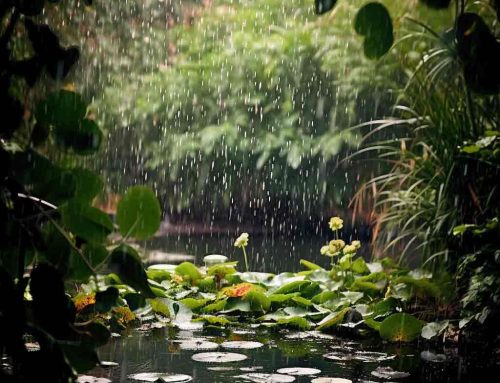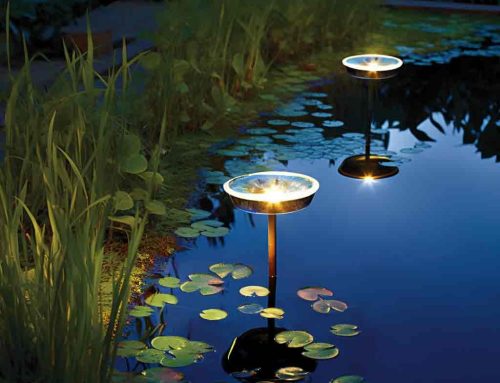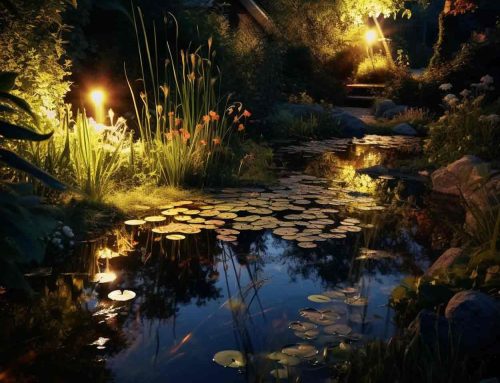Lighting plays a crucial role in enhancing the beauty and ambience of any pond, and LED pond lights have emerged as a popular choice due to their energy efficiency, longevity, and versatility. In this article, we’ll delve into the world of LED pond lights, discussing their advantages, types, and essential tips for incorporating them into your pond design. People also ask if LED light is safe for fish (it is)!
Advantages of LED pond lights
LED pond lights offer numerous benefits over traditional lighting options, such as halogen lights:
- Energy efficiency: LED lights consume significantly less energy than their halogen counterparts, reducing your electricity bills and environmental impact.
- Longevity: With a lifespan of up to 50,000 hours, LED lights far outlast halogen bulbs, which typically last only 2,000 to 4,000 hours.
- Low heat output: LED lights produce minimal heat, reducing the risk of overheating and potential harm to your pond’s inhabitants.
- Versatility: LED pond lights come in various colours, brightness levels, and styles, allowing for endless creative possibilities in your pond lighting design.
Types of LED pond lights
There is a wide variety of LED pond lights available, each suited to different purposes and aesthetics:
- Submersible LED lights: Designed to be placed directly in the water, these lights create stunning underwater illumination effects. Look for waterproof and durable submersible LED lights specifically designed for aquatic environments.
- LED spotlights: These versatile lights can be positioned around your pond to highlight specific features, such as waterfalls, rocks, or plants. Many LED spotlights come with adjustable mounts or stakes for precise aiming and easy installation.
- LED strip lights: Flexible and easy to install, LED strip lights can be used to create a continuous, seamless lighting effect around the perimeter of your pond or along pathways.
- Solar LED lights: Harnessing solar energy, these eco-friendly lights require no wiring or transformers and offer an energy-efficient option for pond illumination.
Tips for incorporating LED lights into your pond design
To create a visually appealing and functional LED lighting scheme for your pond, consider these tips:
- Balance light and shade: Ensure that your pond has a mix of illuminated and shaded areas, providing a comfortable environment for your aquatic inhabitants.
- Layer your lighting: Install lights at different depths and positions within your pond to create depth and visual interest.
- Experiment with colours: Use coloured LED lights to set the mood or accentuate specific features in your pond. Some LED lights even come with remote controls or smartphone apps that allow you to change colours and lighting effects easily.
- Prioritise safety: Always use a transformer to convert the mains voltage (typically 240V in the UK) to a safer voltage for your LED pond lights. Additionally, install a residual current device (RCD) to protect your lighting system against electrical faults.
Maintaining your LED pond lights
Proper maintenance is essential to ensure the longevity and performance of your LED pond lights:
- Regularly inspect your lights for signs of damage, wear, or water ingress, and address any issues promptly.
- Clean the lenses of your LED lights to ensure optimal light output and prevent the growth of algae or other debris.
- During winter, consider removing non-submersible LED lights or adding protective covers to safeguard them from frost and snow.
Conclusion
LED pond lights offer an energy-efficient, long-lasting, and versatile solution for illuminating your aquatic paradise. By choosing the right type of LED lights, positioning them effectively, and ensuring proper maintenance, you can create a stunning and inviting pond that delights both you and your pond’s inhabitants. Happy pond keeping, dear enthusiasts!













